Thanksgiving has passed, and we may be feeling a little guilty for not spending the extra $5 on gluten-free pumpkin pie, but the holidays are far from over. We have a chance to redeem ourselves by being a bit kinder to our stomachs at the next family gathering by trying out these classic holiday recipes with a gluten-free twist.
We've scoured the internet to gather these tasty gems that will get mouths watering around the table, without subjecting them to a sometimes unfriendly ingredient. Happy Holidays, and enjoy!
Gluten Free Ginger Spice Cranberry Sauce
4 cups fresh or frozen cranberries
1 cup water
1 1/3 cup sugar
1T fresh ginger, peeled and grated
1.5″ size cinnamon stick
Instructions
- Bring water and sugar to a boil. Add cranberries and cinnamon stick and return to a boil.
- Reduce heat, cover and simmer 5 minutes.
- Stir in ginger.
- Replace lid and continue cooking 5 minutes.
- Remove from heat and scoop out the cinnamon stick.
- Let sit at room temperature until cool.
Courtesy of Know Gluten
Gluten-Free Gravy
Ingredients
4 Tablespoons organic butter
1 teaspoon bacon fat (optional)
2 Tablespoons Arrowroot
2 cups turkey stock or turkey drippings(strained through a fine mesh sieve)
1 teaspoon ground sage
1 teaspoon onion powder
salt to taste (about ½-3/4 teaspoon Himalayan salt)
Instructions:
- Heat butter and bacon fat over medium heat in a medium saucepan.
- Whisk butter mixture until it is frothy. Add arrowroot and whisk until mixture has turned golden brown, about 3 minutes.
- Add turkey stock or drippings, sage and onion powder.
- Raise flame to medium high heat and continue to whisk until mixture has thickened, about 3-5 minutes.
- Add salt to taste. Remove from heat and serve.
Courtesy of Nurture My Gut Author: Ester Perez
Wild Rice and Cornbread Stuffing
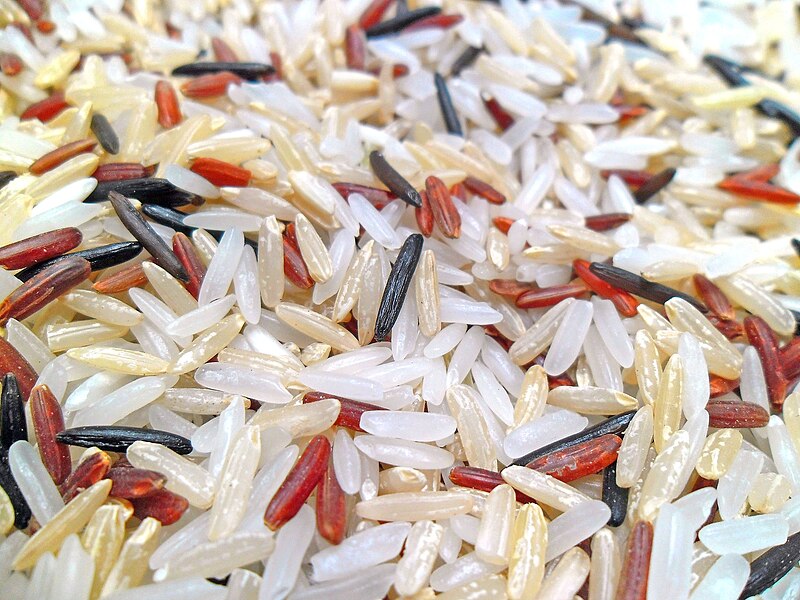
For the cornbread:
- Preheat oven to 400F.
- Combine dry ingredients in a large bowl.
- Grease your baking pan using 1 tablespoon of the butter and place in preheated oven.
- Whisk 3 tablespoons butter, eggs and milk together in a large bowl, then add wet ingredients to dry ingredients and whisk until fully combined.
- Remove heated baking dish from oven and pour batter in evenly.
- Return dish to oven and bake for 20-25 minutes or until a toothpick inserted in the middle comes out clean.
- Allow to cool completely, then cut into 1-inch cubes and leave out on a baking pan overnight to harden.
For the stuffing:
- Preheat oven to 375F.
- Combine cooked wild rice with cornbread cubes in a large bowl.
- Add 1 cup stock, stir to moisten and set aside.
- Heat olive oil in a large pan, and saute onions, garlic and celery until translucent, about 5 minutes.
- Transfer vegetables to cornbread mixture and return pan to medium-high heat.
- Brown the sausage, then toss with the sage and add to cornbread mixture. Toss all together to combine.
- Transfer mixture to a large baking dish, drizzle with remaining 1/2 cup of stock and bake until golden brown on top, about 30 minutes.
Courtesy of Food Republic
Gluten Free Chicken Parmesan
Ingredients:
- 4 boneless, skinless chicken breasts
2T Olive Oil
2T red wine vinegar
1T minced garlic
1T Italian seasoning
2 eggs
1/2 cup Parmesan cheese
1 cup marinara sauce
1/2 cup mozzarella cheese
Directions
- Place chicken in a gallon size zipper bag with olive oil, red wine vinegar, Italian seasoning and garlic to marinade for at least 30 minutes.
- Beat eggs in a mixing bowl for dipping chicken and put Parmesan cheese on a plate for rolling chicken.
- Remove chicken from bag and dip in egg.
- Roll in Parmesan cheese and place on a baking sheet.
- Bake a 400F for 30-40 minutes or until cooked through, and remove from oven.
- Spoon marinara and sprinkle mozzarella over chicken.
- Return to oven until mozzarella is melted and bubbly.
Courtesy of Know Gluten
Stuffed Baked Apples with Walnuts and Dates
Prep Time: 5 minutes
Cook Time: 45 minutes
Total Time: 50 minutes
9 Apples, cored
a little Lemon Juice
1 tablespoon Unrefined Coconut Oil
1/2 cup (60 grams) Almond Meal/Flour
1/4 cup (30 grams) chopped toasted Walnuts
4 dried Dates, pitted and chopped into small pieces
pinch of fine Sea Salt, ground Cinnamon and ground Ginger
1/4 cup (57 grams) Unsweetened Light Coconut Milk
Optional Toppings
Coconut Milk
Heavy Cream
Dried Fruit
Maple Syrup or Honey drizzle
Serve With
Ice Cream
Frozen Yogurt
Greek Yogurt
Directions
- Pre heat oven to 350 degrees F with the rack in the center. Core apples and squeeze a little lemon juice into each one. Melt coconut oil in a small pan. Stir in almond meal, walnuts, dates, salt, cinnamon, ginger and coconut milk. Heat for a few minutes over medium heat. Carefully stuff apples with the mixture. Place apples in muffin pans or on a bake safe dish.
- Cover loosely with foil. Bake for about 45 min or until apples have softened and split.
Courtesy of Family Fresh Cooking


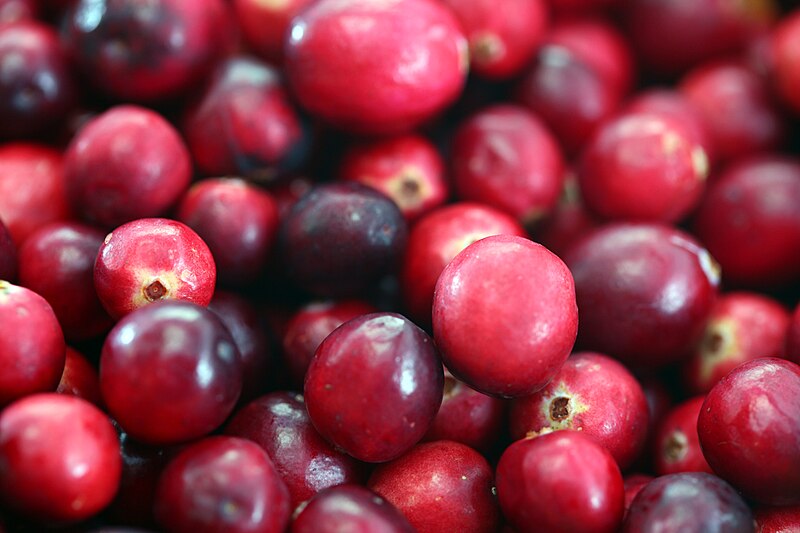


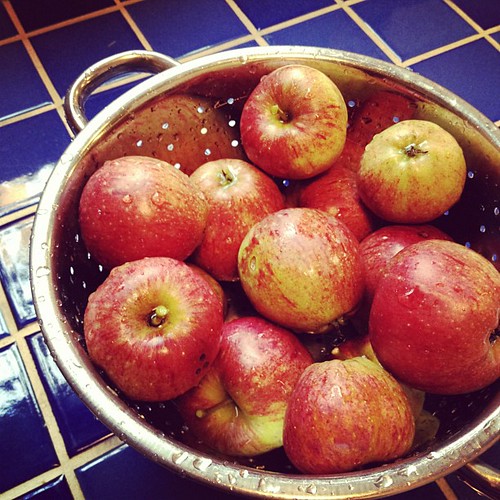











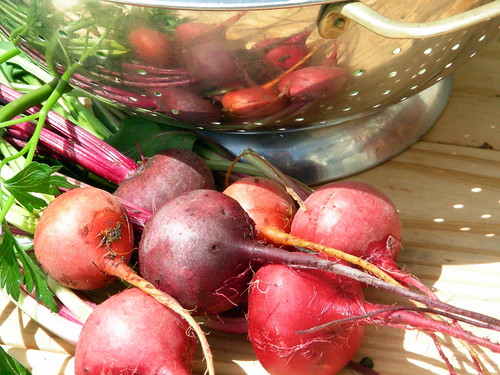





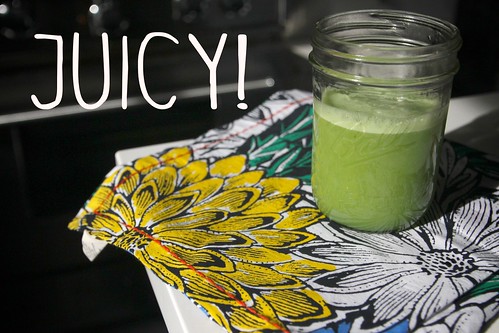
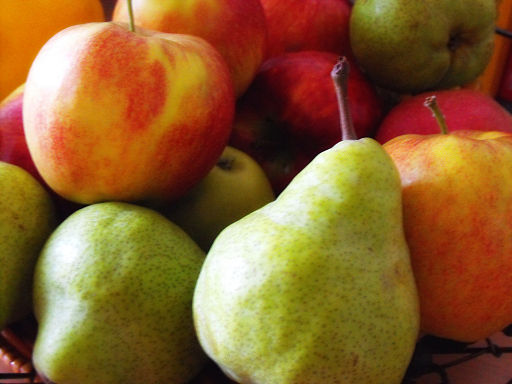
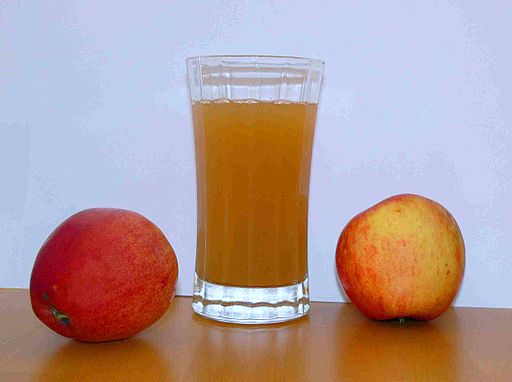

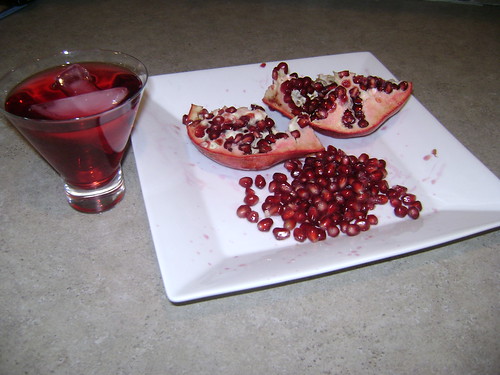

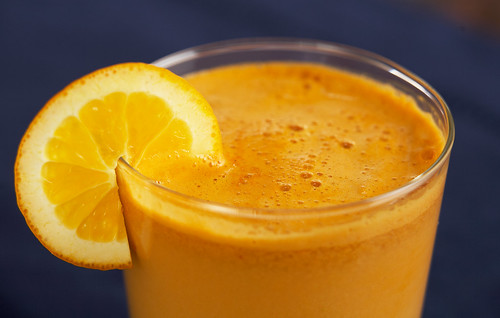
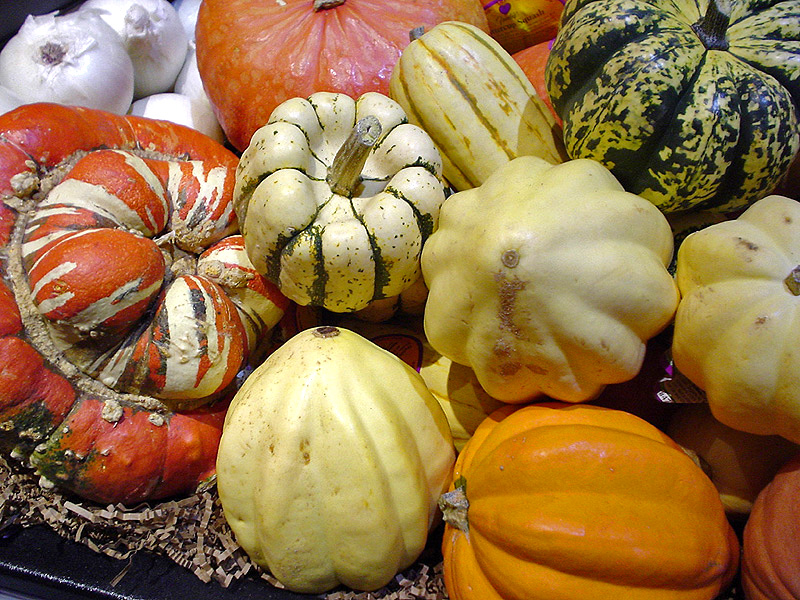

 It's fall, and if you're like me you feel torn. Summer was amazing. Festivals, farmers markets and fresh berries everywhere. I'm sad to see it go. The only thing that kept me looking forward to the seasonal change was the knowledge that pumpkin season was upon us. Pumpkin, we need to figure out a way to extend pumpkin eating time beyond these few month. But until we do, the challenge is to take advantage while we can.
It's fall, and if you're like me you feel torn. Summer was amazing. Festivals, farmers markets and fresh berries everywhere. I'm sad to see it go. The only thing that kept me looking forward to the seasonal change was the knowledge that pumpkin season was upon us. Pumpkin, we need to figure out a way to extend pumpkin eating time beyond these few month. But until we do, the challenge is to take advantage while we can.



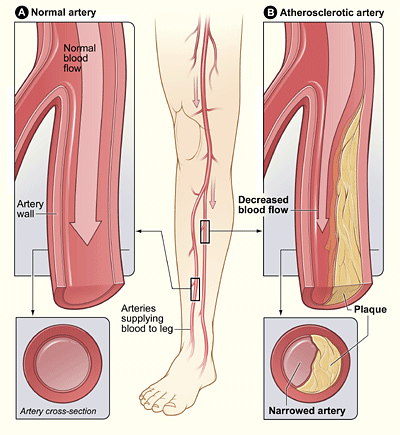 Diabetes also increases the likelihood of Peripheral Arterial Disease (PAD), which occurs when blood vessels in the legs are narrowed or blocked by fatty deposits, decreasing blood flow to the legs and feet. This condition puts a diabetic at even a higher risk of heart attack and stroke.
Diabetes also increases the likelihood of Peripheral Arterial Disease (PAD), which occurs when blood vessels in the legs are narrowed or blocked by fatty deposits, decreasing blood flow to the legs and feet. This condition puts a diabetic at even a higher risk of heart attack and stroke.